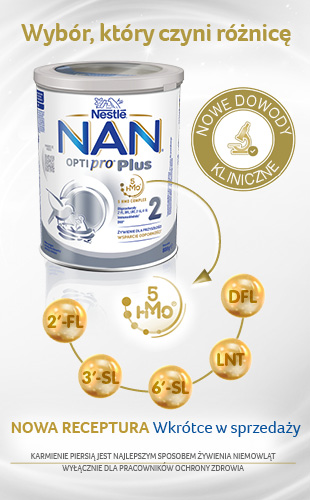Idiopatyczny chód na palcach – studium przypadku
Słowa kluczowe / Keywords:
Streszczenie:
Wstęp: Chód na palcach jest jednym z wariantów chodu fizjologicznego występującym u zdrowych dzieci do końca 3 roku życia. Dłużej utrzymujący się
taki sposób chodzenia wymaga dokładnego badania i oceny.
W postępowaniu ortopedycznym stosuje się:
a. ostrzykiwanie toksyną botulinową i gipsy korekcyjne oraz ćwiczenia redresyjne po zdjęciu gipsów;
b. chirurgiczne wydłużenie ścięgien Achillesa.
U osób badanych opisywana jest pogłębiona lordoza lędźwiowa. Chód na palcach może stanowić kompensację obniżonego napięcia posturalnego poprzez
wykorzystanie mechanizmu Puttiego.
Cel: Celem pracy jest zaprezentowanie efektów usprawniania chłopca z chodem idiopatycznym.
Materiał i metody: Oceniano wzorce posturalne i motoryczne, mierzono długości funkcjonalne mięśni kulszowo-goleniowych oraz trójgłowych łydki.
Usprawnianie trwało 6 tygodni i obejmowało:
1. założenie gipsów na stopy i podudzia na okres 2 tygodni;
2. ćwiczenia ukierunkowane na stabilizację ciała;
3. ćwiczenia poprawiające długość funkcjonalną mięśni kulszowo-goleniowych i trójgłowych łydki – 4 tygodnie.
Wyniki: Uzyskano poprawę wzorca chodu – chłopiec zaczął chodzić na całych stopach i potrafił utrzymać pozycję stojącą.
Wnioski: Zastosowane postępowanie usprawniające pomaga w uzyskaniu prawidłowego wzorca chodu dziecka z idiopatycznym chodem na palcach.
Abstract:
Introduction: Toe walking is one of the variants of physiological gait that appears quite often in healthy children till the end of the third year of life. If persistent,
it requires thorough examination and assessment.
Depend on method of heel rolling the following are applied in the orthopedic management:
a. botulinum toxin injections and corrective plaster casts as well as redressive exercises after casts removal;
b. surgical Achilles tendons lengthening.
In the characteristics of examined subjects hyperlordosis is described. Toe walking can constitute compensation of low postural tone through use of Putti’s
mechanism.
Aim: The aim of the study is to present results of management of the boy with idiopathic gait.
Material and methods: Postural and motor patterns were assessed, functional lengths of hamstring and triceps surae were measured.
The management lasted for 6 weeks and included:
1. placing plaster casts on the feet and shinws;
2. exercises dedicated to body stabilization;
3. exercises improving functional length of hamstrings and triceps surae.
Results: Gait pattern improvement was obtained. Boy began to walk on whole feet and was able to maintain standing position.
Conclusions: Procedures we applied may help patients with idiopathic toe walking.


